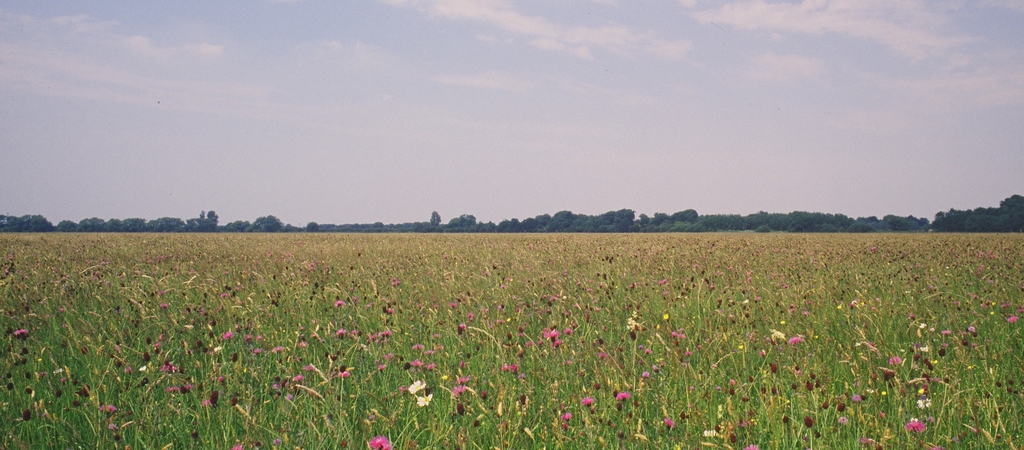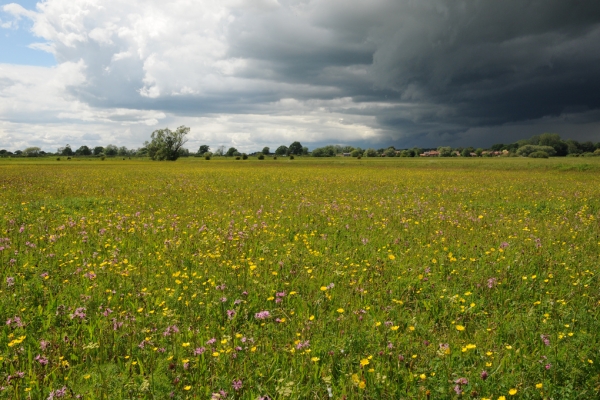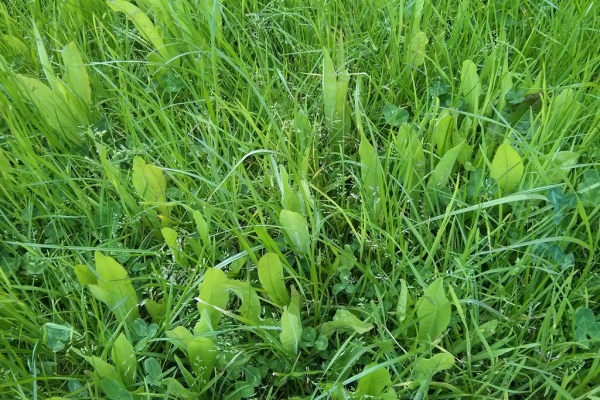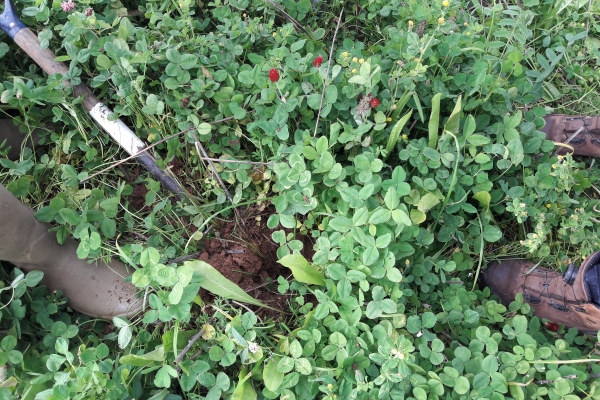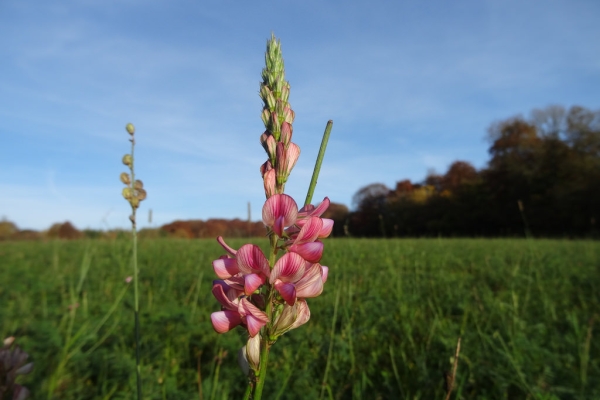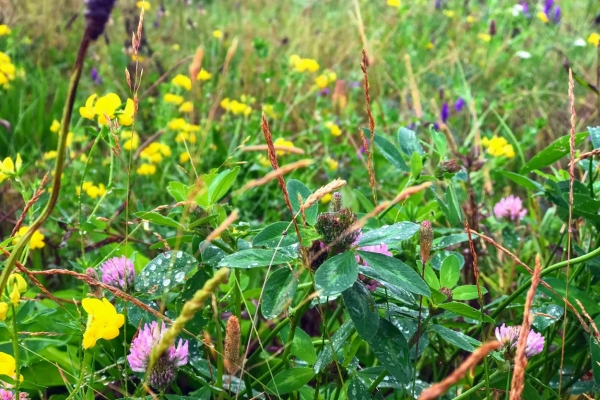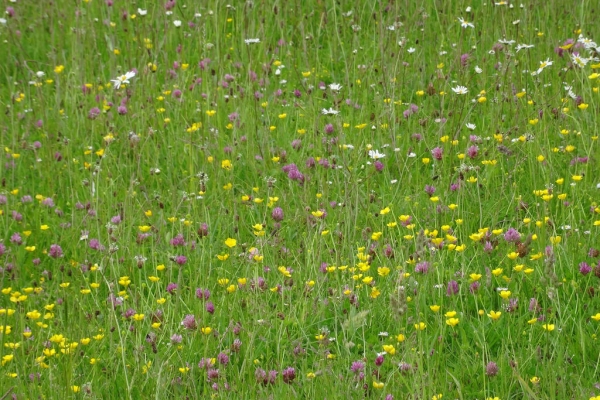Arable reversion to species-rich grassland: Site selection and choice of methods
Natural England Technical Information Note: TIN066
Resource explained
Reversion of arable land to grassland can bring a number of environmental benefits, including ecological, landscape, archaeological, resource protection and carbon storage benefits.
This document considers agronomic impacts, legislative implications and environmental factors affecting site selection.
The different methods of establishing a new species-rich grass sward are described: natural regeneration, sowing a seed mix, spreading green hay. More information on selecting suitable seed sources is provided in a separate note.
Links are provided to more information on Environmental Impact Assessment regulations and Countryside and Rights of Way Act (public access).
Findings & recommendations
- Species rich grassland is a very difficult habitat to create.
- Soil phosphorus (P) status should ideally be index 0 or 1.
- The weed burden must be reduced to a manageable level before establishing a species rich sward.
- The best location is next to existing species rich grassland, or linked to it by movement of livestock or machinery.
- Grassland will be easier to establish and maintain if it is grazed, particularly by cattle.
- Existing grass swards with a high proportion of unsuitable species, such as ryegrass and white clover, may need to be ploughed up or sprayed off.
- Natural regeneration and colonisation should be considered but has many draw backs and is only likely to work well in a few specific circumstance.
- Sowing a seed mix is the quickest means of establishing a sward. Green hay may also be effective.
- Agriculturally, the reverted sward is unlikely to be as productive as a conventional ley. Yields of hay or silage are unlikely to be as high and livestock systems may need to be modified.
- Legislative implications (Environmental Impact Assessment Regulations, public access, and cultivation of Scheduled Monuments) are explained.
